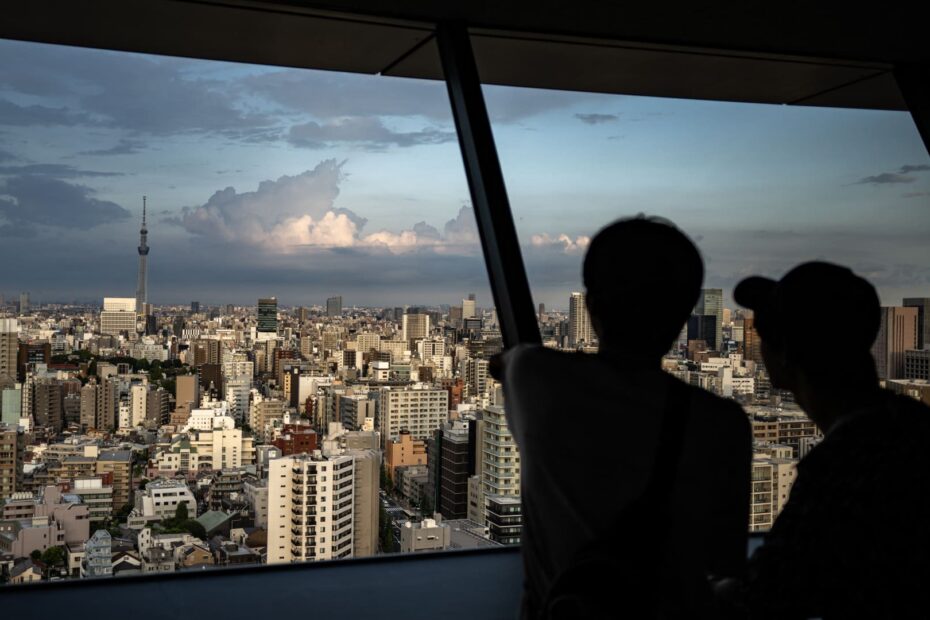Japan’s Q2 GDP growth disappoints, China’s CPI rises
Japan’s economic growth in the second quarter fell short of expectations, with the country’s GDP expanding by only 0.3% on an annualized basis. This was well below the 0.7% growth forecasted by economists, highlighting the challenges facing the world’s third-largest economy.
The lackluster performance was largely attributed to weak consumer spending, which accounts for a significant portion of Japan’s GDP. Despite efforts by the government to boost domestic consumption through stimulus measures, such as cash handouts and subsidies for travel and dining, consumers remained cautious amid lingering concerns about the impact of the COVID-19 pandemic on their livelihoods.
On the other hand, China’s consumer price index (CPI) rose by 1.1% in July compared to a year earlier, marking the fastest pace of inflation in seven months. The increase in prices was driven by a surge in food costs, particularly for pork and fresh vegetables, as well as higher fuel prices.
The rise in CPI comes amid growing concerns about inflationary pressures in China, fueled by supply chain disruptions, rising commodity prices, and the government’s efforts to stimulate economic growth. While policymakers have signaled their commitment to maintaining price stability, the uptick in inflation could pose challenges for the central bank as it seeks to balance the need for economic support with the risk of overheating.
Overall, the divergent economic performances of Japan and China underscore the complex challenges facing Asian economies as they navigate the ongoing impact of the pandemic and strive to achieve sustainable growth. With uncertainty continuing to cloud the global economic outlook, policymakers in both countries will need to carefully calibrate their policy responses to support recovery while managing risks to stability.
